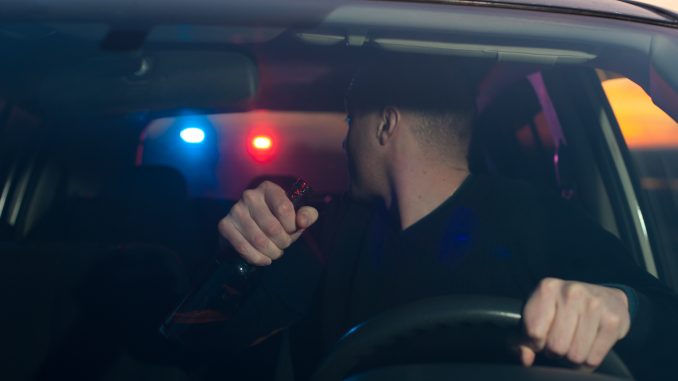
The next edition of the N.C. Department of Transportation’s Driver’s Handbook will include new rules on how drivers are to conduct themselves during traffic stops in the Tarheel state. The upcoming edit to the current 94-page N.C. Driver’s Handbook was required by House Bill 21 which was enacted in mid-2017.
“The bill is focused on reforming our training procedures for new drivers,” said Rep. Allen McNeill (R-Randolph), one of the bill’s sponsors.
The bill’s language required the DOT to consult with the State Highway Patrol, the North Carolina Sheriffs’ Association, and the North Carolina Association of Chiefs of Police to develop the handbook language.
“We depended on the law enforcement community to create the requirements recognizing that younger drivers need tips on handling themselves when they are stopped since it could be their first interaction with law enforcement,” said McNeill.
McNeill was joined by Rep. Ken Goodman (D-Richmond), Rep. Beverly M. Earle (D-Mecklenburg), and Rep. John Faircloth (R-Guilford) in co-sponsoring the bipartisan bill.
The new handbook seeks to teach drivers what to expect during a traffic stop and what is considered appropriate behavior by drivers and law enforcement. The law also requires the same information be taught in new driver’s education classes in N.C.
“Adding this information to the North Carolina Driver’s Handbook is a great idea,” said Albemarle Police Chief, Danny Bowen. “We hope that it will inform the citizens of what to expect and how to conduct themselves during a traffic stop, which can be tense for everyone involved. Adding it to the curriculum for driver’s education is another great idea.”
The N.C. Highway Patrol surveyed law enforcement officers across the state to compile some of the most common questions received from drivers. Two of the top questions were: “Should I get out of the car or stay inside?” and “Should I get out my registration or keep my hands on the wheel?”
The answers to those questions are unequivocally to stay inside and keep your hands on the wheel until the officer asks for a license or registration. Also, drivers must notify law enforcement if there is a weapon in the vehicle. Concealed carry permit holders are identified by their license plate and driver’s license.
The next edition of the N.C. Driver’s Handbook is set to be released by the end of March.



